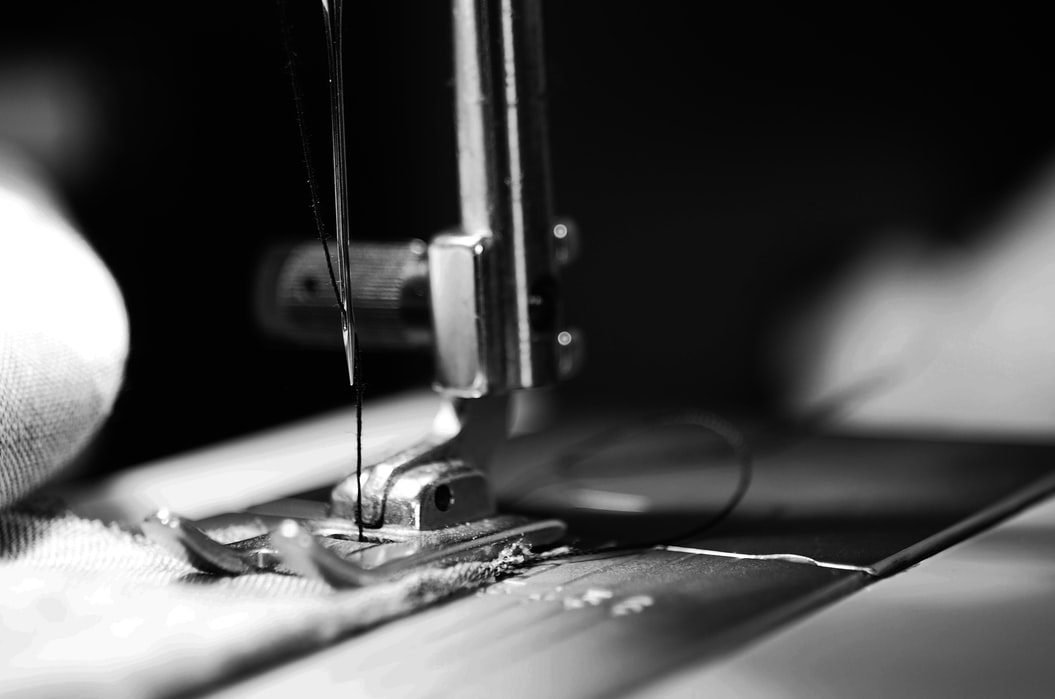The apparel industry is one of the world’s fastest-growing sectors—as of 2020, the global apparel manufacturing market is valued at USD 948.2 billion and forecasted to grow to USD 992 billion by the end of 2021, with the Asia-Pacific region accounting for more than half of its value. However, the industry has been slow to innovate, particularly in digital, as manufacturers are reluctant to adopt these changes. But growing consumer demands for faster fashion cycles, as well as rising labor costs to meet this need, have pushed more companies to venture out of their comfort zones to explore digital solutions for their businesses.
According to Digital Transformation in Apparel Industry: How to Improve Efficiency in Apparel Factory Supply Chain, developed by YCP Solidiance in partnership with Brother Machinery (Asia) Limited, digitalization is an ideal solution that presents not only opportunities to lower costs, but to innovate in a way that can change the overall landscape of the apparel industry—particularly in the supply chain’s production stage.
Shaping Better Production
Over the past year, COVID-19 restrictions have led more apparel companies to expedite their shift to digital processes and even reshape their overall business goals to focus more on production efficacy enhancement. This strategy is geared towards changing the industry’s long-term future by augmenting manpower with automated solutions that will impact the three segments of the value chain—pre-production, production, and post-production—to increase efficiency and even boost overall product quality.
Production, which makes up most of product cost and labor, offers immense potential for innovative digitization. There are exciting opportunities to create new hardware to address unique problems in each production stage that can be tailor-fit to each business’ particular requirements:
Pattern & Cutting
The first step in the production stage is extremely time-consuming and delicate. The challenge is to find a solution that can speed up the process and make it more accurate, especially the labor-intensive pattern-matching step.
An ingenious example is the automated cutter created by German company Kuris Spezialmaschinen GmbH, which is equipped with an additional cutting device and crossbar that can reduce cutting time by 40% through synchronized and simultaneous cutting functions. This device was able to increase overall productivity and allow for more units to be created in a shorter period.
Sewing
Making up 35 to 40% of the total manufacturing cost, businesses are eager to create better solutions for sewing as they aim to centralize their production line.
A case study in effective digital innovation is the NEXIO System created by Brother Machinery Asia, which can collect data from one factory line and create specialized reports on the factory’s overall productivity. Vietnam’s May Hai Garment Joint Stock Company, which uses this system, reported staggering changes to their production line: a 5% increase in productivity, with inspection reports that used to take 3-4 hours reduced to just a few minutes. The NEXIO system is capable of cutting production time from 7,680 hours to just 960 hours, and even share reported data with other stakeholders for complete transparency.
Transforming the Future
Integrating digital technology into the supply chain has proved to be both an innovative and effective way for apparel companies across Asia to optimize performance and cost even amidst the trials of the COVID-19 pandemic. The whole industry is moving towards implementing digital in each portion of their supply chain, with approximately 75% of fashion brands looking to adopt AI-infused and digital-led solutions to enhance their supply chain flexibility.
To learn more about other innovations in the digital transformation for the apparel industry, as well as our recommendations for how to best utilize this approach for your clients or your business, download our full report HERE.






